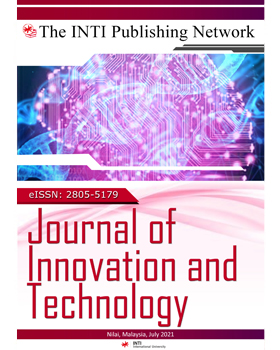Understanding Concrete Damages: Causes, Contributing Factors, and Integrity Assessment
DOI:
https://doi.org/10.61453/joit.v2025no03Keywords:
Concrete damages, concrete integrity structures, concrete rehabilitationAbstract
Concrete, one of the most widely used construction materials, is susceptible to various defects that compromise its durability and structural integrity. Deterioration results from a combination of chemical, physical, and environmental factors, including acid attack, chloride penetration, sulfate reactions, abrasion, erosion, fire exposure, and shrinkage cracks. Corrosive agents such as CO₂-rich water, salts, and alkalis accelerate degradation, while physical damage further exacerbates structural deterioration. Additionally, chloride ions reduce the pitting potential, making reinforcement more vulnerable to corrosion. External conditions, such as temperature fluctuations, moisture variations, and pollution, can further contribute to material degradation. This study examines the root causes of concrete defects, emphasizing the influence of material composition, environmental exposure, and construction practices. A deeper understanding of these factors is essential for developing effective mitigation strategies, enhancing quality control measures, and ensuring long-term structural reliability through routine inspections, maintenance, and preventive techniques.
Downloads
Published
How to Cite
Issue
Section
License
Copyright (c) 2025 Journal of Innovation and Technology

This work is licensed under a Creative Commons Attribution 4.0 International License.

